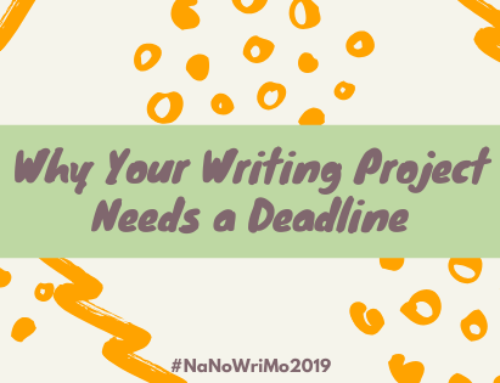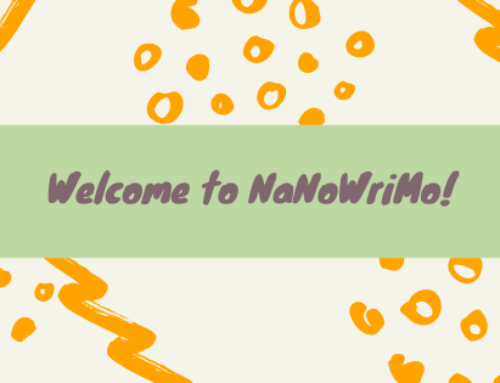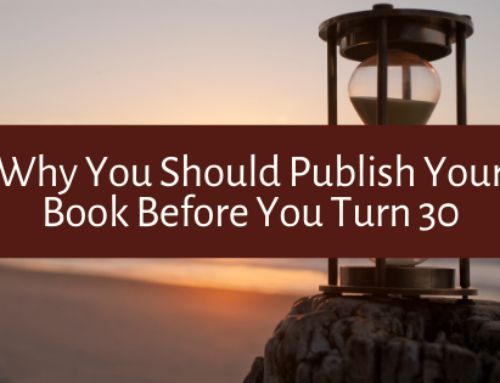The backstory is an extremely important step in writing a well-developed story. Developing your protagonist’s history leading up to the story in your novel paints a picture for the reader. The way in which that backstory is used and incorporated into your novel is just as important though.
When developing backstory, record it in a separate document from your manuscript. In that space, tell yourself about your protagonist. Who is he? What are his likes/dislikes? Is there an inciting moment led him to the current state of his life that readers will find him in your novel? What are his wants and needs? What motivates him? Is he stubborn? Self-righteous? A people-pleaser? You, as the writer, need all this information out of your head and on paper before you begin writing.
The reason I suggest writing backstory in a separate document is due in large part because most first-time writers will warm up their writing by filling the first few chapters with backstory. But backstory doesn’t belong there. Those first chapters are the most valuable real estate in your entire book. Placing backstory at the beginning of a novel is the equivalent of starting a conversation with, “I have a story to tell you, but before I can tell you that story I’m going to bore you with another story that explains why this story took place.” Those first few chapters are vital in capturing readers’ attention, and the only way to do that is through action. Avoid including backstory here at all cost.
Weave It In
The most beneficial way for developing backstory is through dialogue and flashbacks. Weave in backstory exactly where you need it, and the most authentic way to do so is by inserting it into characters’ conversations, flashbacks, and memory recall. Let your protagonist tell her own story as she discovers the answers herself.
For instance, you could tell readers at the onset of your novel that your protagonist was abandoned by her father at a young age and as an adult, she can’t trust any man enough to let him love her. A stronger approach, however, would be to have your protagonist develop self-awareness as her storyline progresses and use it to tell her own backstory. Then, her backstory lends to a path of discovery and maturation in your novel.
Put It In the Prologue
There may be a small percentage of information readers need to know before chapter one begins. If this is the case for your story, put only the most pertinent backstory into a prologue. This alleviates starting chapter one with backstory, but it also places your protagonist’s historical information at the beginning of your novel where readers can find it if they choose to read it.
Do understand, however, that readers may skip the prologue and dive right into the first chapter. So, frame your first chapter in a way that the prologue isn’t a mandatory read to understand the opening pages. Your prologue and first chapter do not need to connect to one another.
Delete It
Once your first draft is written and you’re working on rewrites and revisions, do a close scan of the areas you placed backstory. You may discover that the historical information was more necessary for you, the writer, to understand a character’s motivation. Readers don’t always need the same information. Where you are able to, go ahead and delete backstory. The more backstory you can cut, the stronger your story will be. A great plot or subplot shouldn’t need a ton of backstory to support it.
If you’re still unsure if you have included enough backstory in your novel, make that one of the specific questions you ask your beta readers. Your test readers will be able to tell you if future readers will need more or less backstory to understand characters.
Do you currently have backstory bogging down your first chapter? Cut and paste it into a separate document (it’s not worthless information) and, instead, write an action-packed first chapter that hooks readers.
Discover more from Mill City Press
Subscribe to get the latest posts sent to your email.














Leave A Comment